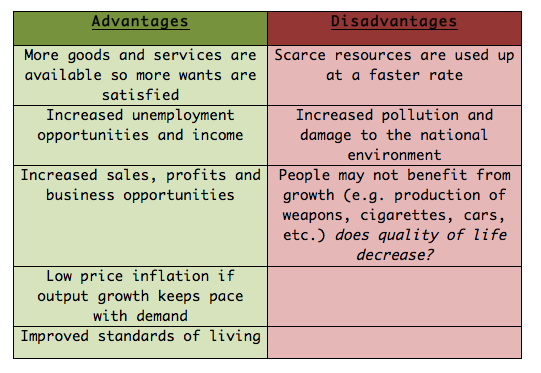Standard of living is the degree of wealth, material goods, comfort, and necessities available to a certain socioeconomic class in a certain geographic area.
There are a number of different ways to measure the standard of living but the most popular way is comparing GDP per Capita.
↑ in GDP = Hopefully an ↑ in GDP per Capita
Although, the problem with using GDP per Capita to measure quality of life is that it is an average, but wealth may not be well distributed in the country.
e.g. One person in the country may have a GDP of $500,000 while another may have $10 but the GDP per Capita between the both of them would be $250,005
Human Development Index
Another popular way of measuring standard of living is by using the Human Development Index (HDI)
The human development index is a wider measure than GDP per Capita. It measures:
- Real GDP per Capita
- adjusted for foreign exchange rate
- Educational Attainment
- how many years an average person spends in school
- Life Expectancy
It is set on a scale between 0 to 1. Zero being the lowest possible value and 1 being the highest. e.g. in 2008 Somalia had a score of 0.36 while Norway had a score of 0.95.
(disclaimer: these aren’t the official boundaries)
- 0 ≤ x ≤ 0.55 is considered relatively low
- 0.6 ≤ x ≤ 0.7 is usually the range for medium/developing countries
- 0.7 ≤ x ≤ 0.8 is for high/developed countries
- 0.8 ≤ x ≤ 1.0 is very high/developed countries
Other ways to measure standard of living includes:
- Comparing literacy rates
- Gross National Happiness Index
- Genuine Progress Indicator
- Only measures the output that doesn’t harm the environment/ isn’t in the expense of the environment.
- Population Density
- e.g. too many people living in one city can lower standard of living (overpopulation)
- Gender, racial and religious tolerance
- e.g. In Saudi Arabia, women have less rights an example of this is that they aren’t allowed to drive or be out alone without a male relative.
Continue reading →

